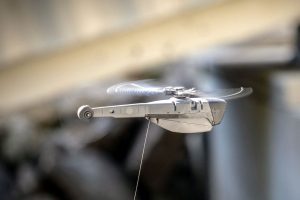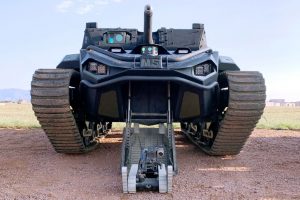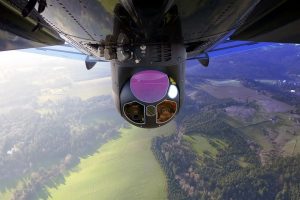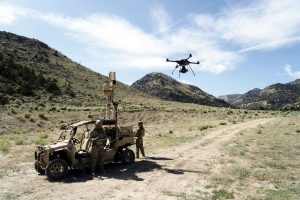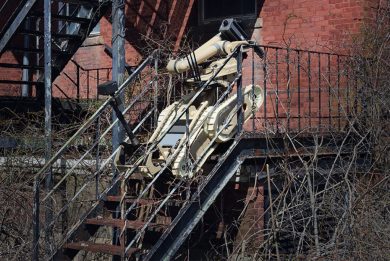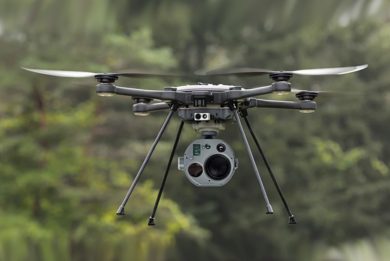
FLIR: from situational awareness to situational understanding
Being aware that something is happening, and understanding what is happening, why and what to do to properly react, are two wholly different stories. Looking ahead FLIR wants to make the quantum jump to allow operators in the field to fully understand the situation, and to do so it is inserting new features and technologies, Artificial Intelligence (AI) among others, into its latest products. UAVs, UGSs, multispectral imaging and intelligent sense and detection products more and more connected, integrated and converging bring information to soldiers on the battlelfield, allowing the quantum jump towards situational understanding. To discuss topics such as increased autonomy, new technologies, stand-off sensing, and others, the Oregon-based company organised a round-table with four of its Vice-Presidents who covered four of the main sectors in which FLIR is active, UAS, UGVs and related sensors, airborne ISTAR systems, and finally CBRN.
Many of the latest technologies apply to all those systems, the already mentioned AI being among key ones in order to reduce the cognitive burden on the warfighter, providing him solutions rather than encumbering him with lots of data that a human being is unable to elaborate in a short time. Self-learning is also part of the process: systems will have to learn from themselves on the field acquiring “experience”, especially in the field of identification and classification, providing more and more refined results. A self-learning training loop will thus be organic to deployed sensors and platforms. The way threats will be classified, identified and actioned, will have to be common to sensors and platforms in order to share intelligence of the same level of fidelity. Reliability will be another, as the warfighter will have to fully trust its non-human team-mate.
Of course all this is not immune from threats: the cyber one is definitely on the front page, thus among requirements cyber-hardening is now a must. FLIR integration teams are designing architectures and developing hardening solutions to make that happen. Will these new technologies inserted into existing or newly developed systems will become the absolute solution? Certainly not. At FLIR they are well aware that any tactic brings with it a counter-tactic by the enemy, and that a technology will see the development of a counter-technology by the opponent. Especially nowadays, where peer adversaries have become an issue, after decades of asymmetric conflicts.
For ease of reading we have split the article in sub-articles, however this does not mean that the corresponding subjects live on their own: on the contrary, everything is interlinked, isolated systems leaving more and more way to systems-of-systems at various levels.

